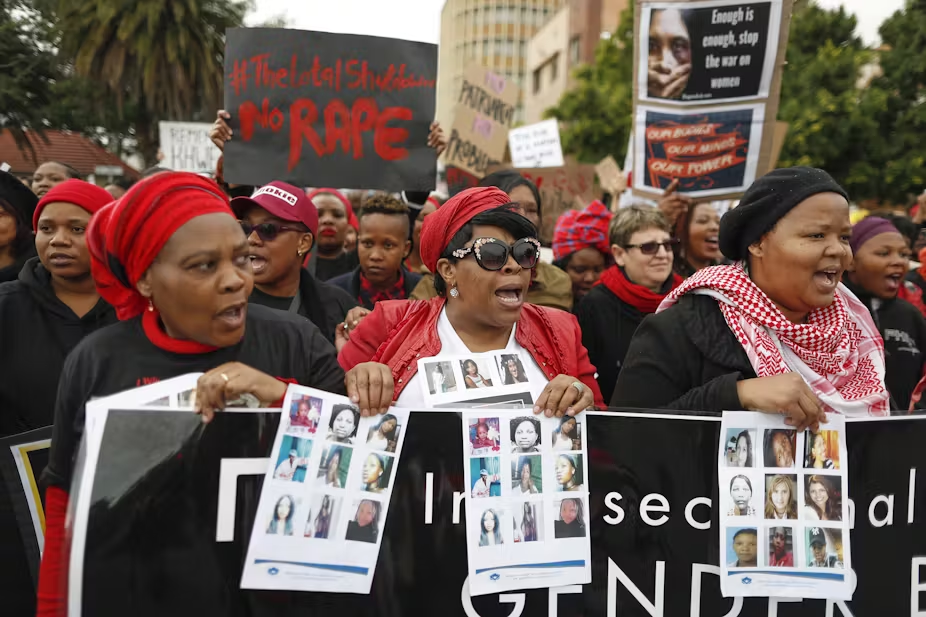Unmasking the Monster:Shavhani Lazzy Phophi and South Africa’s Hidden Rape Epidemic
- Rape Crisis Helderberg

- Jul 23
- 2 min read

South Africa is often referred to as the “rape capital of the world.” The statistics are staggering—thousands of cases reported each month, with countless others left unspoken, buried in shame or fear. But behind these numbers are real people, real trauma, and real consequences. One of the most horrifying illustrations of this crisis is the case of Shavhani Lazzy Phophi, a serial predator whose reign of terror exposes deep cracks in the country’s ability to protect its most vulnerable.
A Killer Among Us
Between 2006 and 2010, Shavhani Lazzy Phophi hunted quietly, killing and sexually assaulting women in rural provinces of South Africa. His victims were often women walking alone, or those living in remote areas where police presence was minimal and social support nearly nonexistent.
What sets this case apart is not just the brutality, but the eerie silence that surrounded it. For years, he evaded capture, not because he was a criminal mastermind, but because the system was fragmented, under-resourced, and often indifferent when the victims were poor, Black women.
Rape in South Africa: A Pandemic Within a Pandemic
Phophi’s case is not an isolated horror—it’s a mirror held up to a national crisis. Every day, South African women and girls face the threat of sexual violence:
A woman is raped every few minutes.
Only a fraction of cases are reported.
Even fewer result in convictions.
Cultural silence, victim-blaming, and inadequate policing contribute to a culture where rape is normalized. Survivors are often retraumatized by the very systems meant to protect them.
Profiling a Predator, Exposing a System
Profiler Africa’s episode on Phophi doesn’t just outline his crimes; it quietly critiques how easily someone like him could continue unchecked. Forensic evidence was rare, inter-provincial collaboration was weak, and community awareness was low.
These failures aren’t unique to his case—they’re systemic. For many rape survivors in South Africa, justice is a distant dream. The country’s legal and healthcare systems are not trauma-informed, and rural communities remain grossly underserved.
Why This Story Matters
His crimes underscores a brutal truth: in South Africa, whose life is seen as worth protecting often depends on race, gender, and location.
The Cost of Silence
If anything, this story must reignite the call to action. We must:
Improve rape investigation protocols, especially in rural areas.
Train police and healthcare workers to handle survivors with compassion.
Break cultural taboos that blame and shame victims into silence.
Support survivor-led organizations doing the work the state often ignores.
Conclusion: Turning Outrage Into Action
The story of Shavhani Lazzy Phophi is one of individual monstrosity—but also collective failure. In remembering his victims, we must ask not just how they died, but why they were left so vulnerable to begin with.
Rape in South Africa is more than a crime—it’s a symptom of a deeply wounded society. Healing begins when we stop averting our gaze, and instead confront the systems that allow monsters to hide in plain sight.








Comments